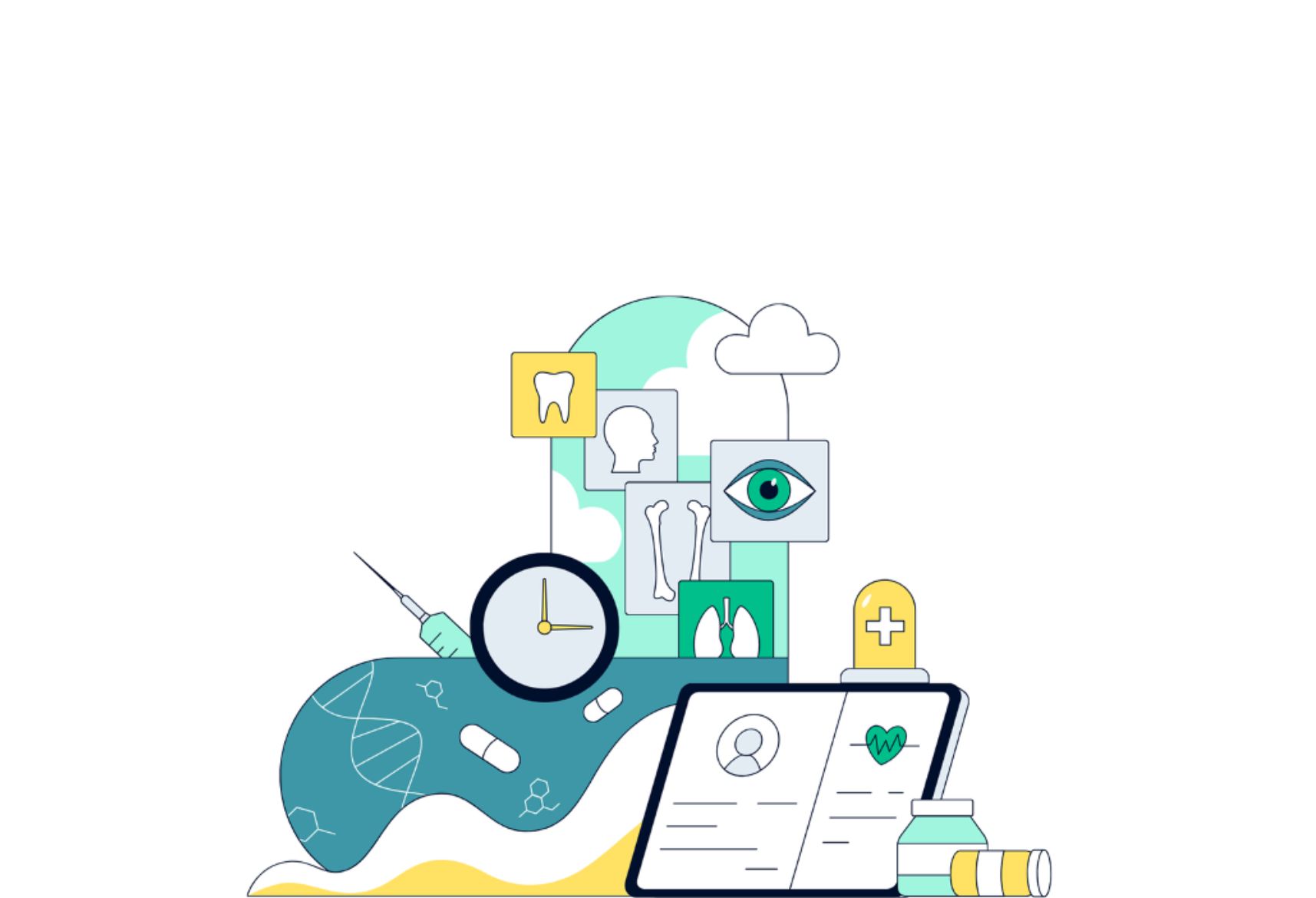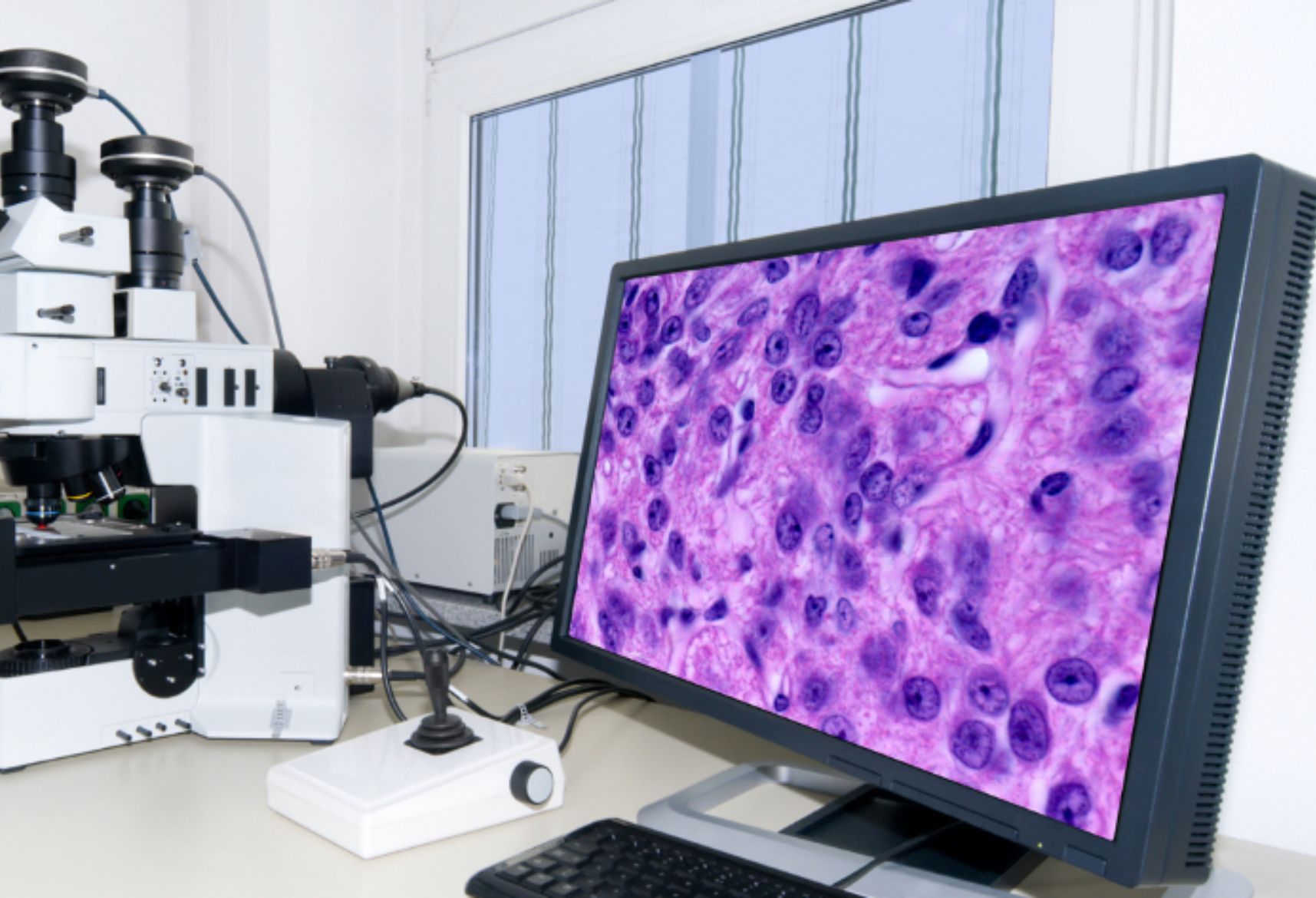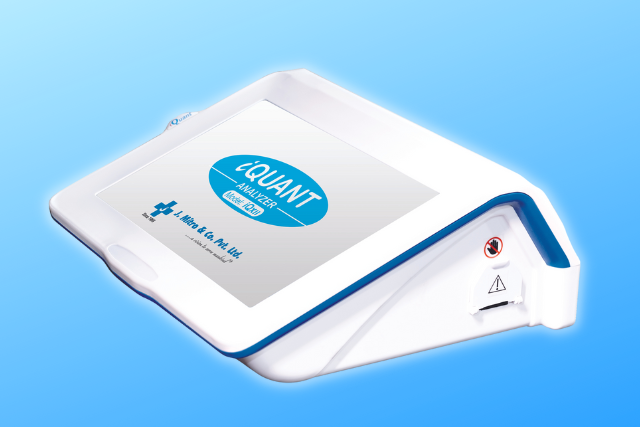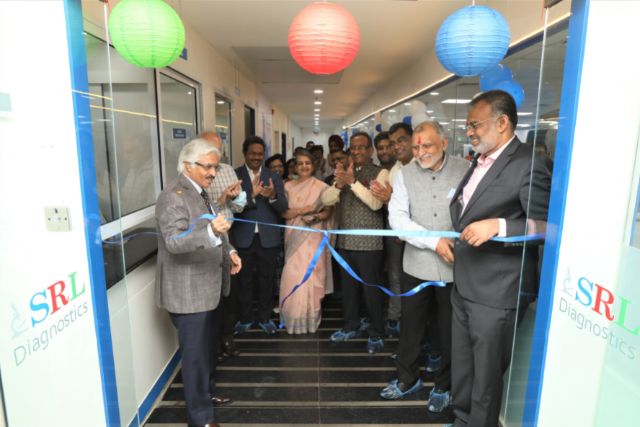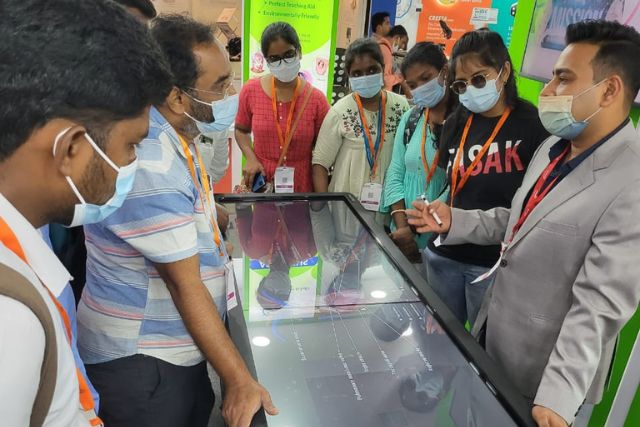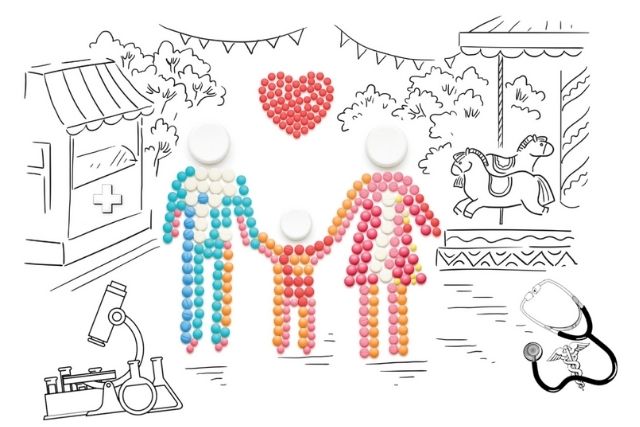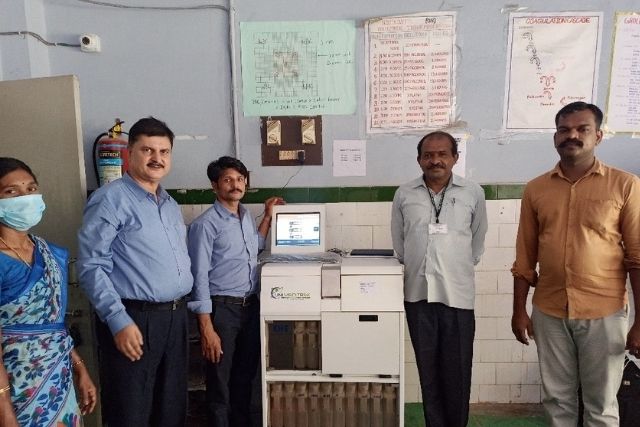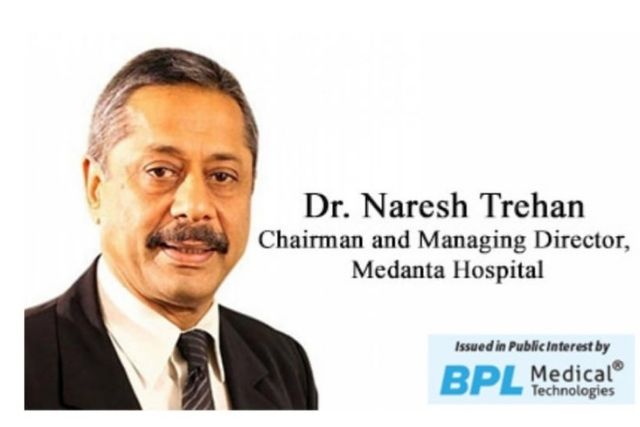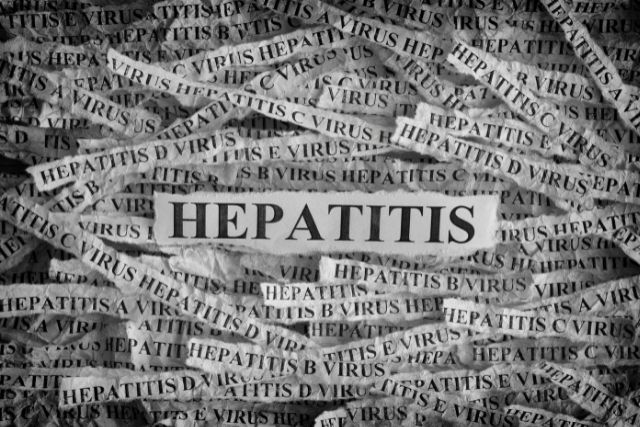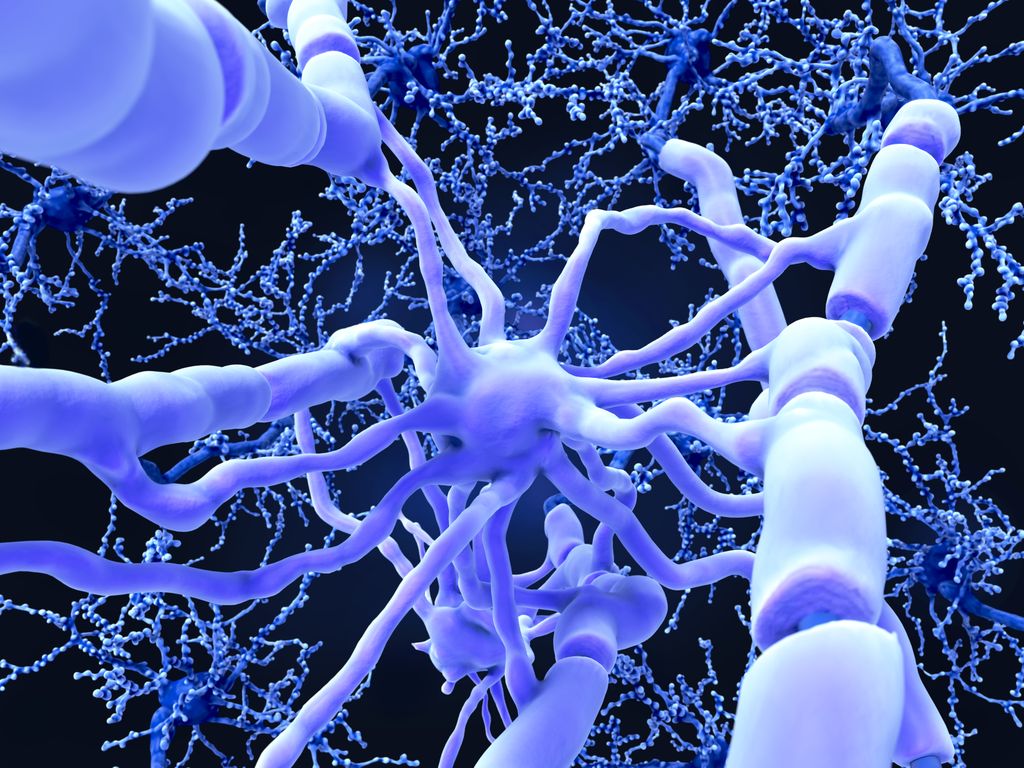For most people, modern medicine is synonymous with stethoscopes and hospitals, and that is where most of the heartbeat of medicine is. However, medicine is also practiced beyond the hospitals, and hospitals, and involves, connected technologies, and intelligent systems. The transformational shift in technology is redefining the delivery of medicine making it personalized, predictive, and patient-centric.
The infusion of technology is evident in almost every clinical area from telehealth and digital therapeutics to AI diagnostics and remote patient monitoring where medicine is practiced with more precision and agility.
The newly ubiquitous digital technologies and telecommunication infrastructure, once considered futuristic, is now instrumental in driving foundational changes to the next generation of healthcare delivery.
Telemedicine: From Emergency Response to Everyday Practice
Telemedicine, like some other technologies, gained an unplanned boost with the onset of the Covid pandemic. Initially seen as a temporary fix to an emergency situation, it quickly became the preferred choice of healthcare delivery model for a significant segment of the population. Virtual care platforms connect patients to physicians, allow for real time interactions with specialists and streamline the management of hospital resources.
Telemedicine proves that, for a myriad of care needs, including chronic disease management, quality care can be delivered without the patient visiting a healthcare facility.
The next frontier in telemedicine is hybrid care—the seamless integration of telehealth services with in-person care appointments.
AI and Predictive Analytics: Smarter Decisions, Faster Outcomes
Over the past few decades, AI has become the modern clinician’s most valuable assistant. AI algorithms analyze lab results, imaging scans, and genetic information and identify potential health issues before they become critical.
With AI Predictive Analytics, clinicians and healthcare practitioners gain the ability to identify and even predict the potential risks a patient may face before the patient displays symptoms. Predictive analytics, thus, has the ability to save healthcare costs and even more, save lives. Consider AI-assisted radiology. It can identify and diagnose critical, even life-threatening, medical image abnormalities with near perfect accuracy, and clinical decision support tools and step and aid clinicians treatment plans.
AI analytics and tools are not designed to replace clinicians. AI Predictive Analytics provides clinicians with the resources to make decisions that are faster, smarter and more informed, and therefore more valuable.
Digital Therapeutics: Prescriptions Beyond Pills
The development and growth of Business and Technology units within healthcare provide even more innovative tools to complement and help treat chronic conditions, the most traditional of health issues, the healthcare industry deals with. Digital Therapeutics are a long way from the traditional way of practicing and even providing healthcare. Software-based, designed, and clinically validated DTx are designed to help manage and, in some cases, treat chronic conditions such as diabetes, insomnia, anxiety, and hypertension.
Digital therapeutics not only personalize treatment DTx protocols and strategies for conditions but also promote patient adherence to the protocols, and provide real-time patient progress information, thus also providing more information to clinicians.
With DTx, treatment is no longer a passive, one-time point in the patient’s healthcare journey but rather active, ongoing collaboration.
Remote Monitoring: The Hospital at Home
It is now possible to have a “hospital at home” experience with the advent of new portable technology and health systems enabled with the Internet of Things (IoT). Devices such as ECG patches, smartwatches and glucose monitoring tools provide real-time monitoring of individuals’ vital signs and let medical personnel respond to emergencies as they arise.
For patients suffering from chronic conditions, this new technology means fewer hospital admissions and stays, increased comfort, and quicker recovery times. Healthcare providers gain improved data for proactive resource use and resource optimization. Care can extend beyond the hospital and into a patient’s life as everyday activities.
Blockchain and Digital Health Records: Building Trust through Transparency
Data is important for the practice of modern medicine, and so is secure data handling. Blockchain technology is becoming a valued resource for digital health record systems for its transparency, interoperability, and confidentiality.
Electronic Health Records (EHRs) under blockchain technology allow patients to own their data and share it with healthcare providers, research facilities, and insurance companies which empowers patients and builds a more integrated and stream-lined healthcare system.
The Economics of Digital Care: Investment Meets Innovation
With more and more of healthcare services being digitized, the attention of global investors has also been captured. As recent industry reports indicate, the global market for digital healthcare is estimated to reach over 600 billion dollars by 2030, and investments are being made into telehealth, artificial intelligence for diagnostics, digital therapeutics, and health data analytics.
Both the public and private sectors are expending resources on the construction of digital paradigms and are buying into the construction of new analytics innovation tools and paradigms. The intersection of healthcare and advanced analytics is not just improving the healthcare being offered, it is providing new and sustainable value and growth opportunities.
The Human Connection in a Digital World
In the providing of the healthcare services, care and compassion are like the hallmarks. The challenge that digital care providers face is the seeming paradox of providing care with tools that are emotional and facilitate the administrative side of care. Technology must strengthen compassion, not eliminate it.
The digital care platforms that are the most successful in the clinical provided services are the ones that focus on technologically facilitated communication and patient engagement. The most successful future health systems will be those that aim to strengthen healing and undermining the technological barriers.
Conclusion: The Future of Healthcare Incorporated.
Healthcare is shifting from hospitals, clinics, and laboratories to a futuristic paradigm that layers the spatial and social organization of healthcare around interconnected networks of data, tools, and technology. The constant innovation focused on delivering healthcare in a more timely, equitable, and personalized manner means that the heart of medicine is beating within the digital ecosystem. Technology may be the heartbeat of contemporary medicine, but the revitalized, compassionate focus on the patient remains the core of digital care.







